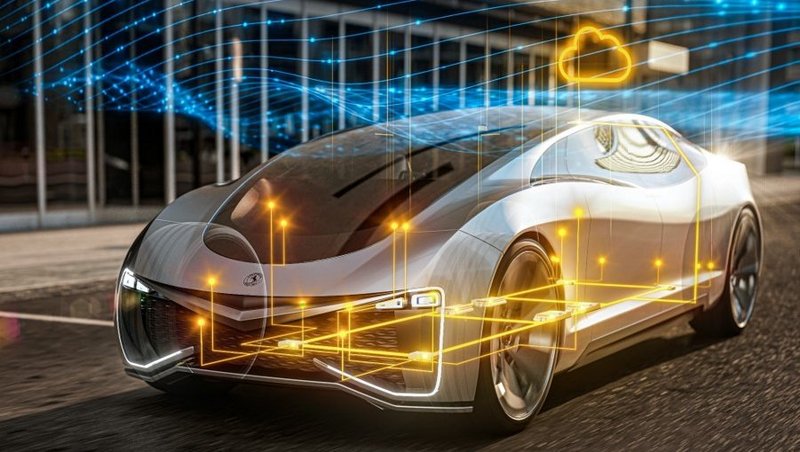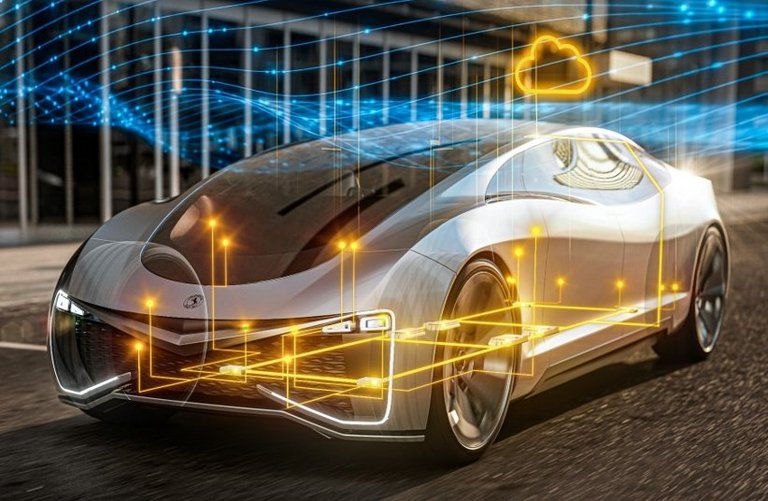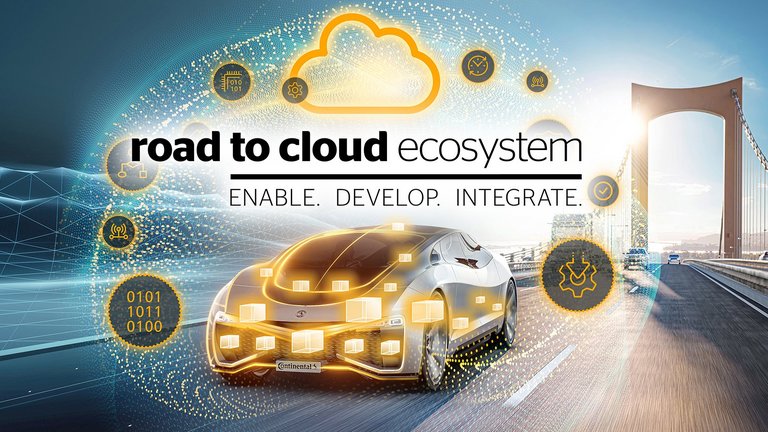Software Defined Vehicle: Between Evolution and Revolution
- The challenge of tomorrow: processing data flood securely, reliably and quickly
- Software, cloud and service-oriented vehicle architectures are revolutionizing vehicle construction
Software Defined Vehicle (SDV) is the next evolutionary stage in vehicle development. Vehicles already have to process up to 150 million lines of code. This is because modern vehicles often have more than 100 control units installed for driving safety and assistance or comfort – as well as a large number of actuators and sensors such as cameras, radar and lidars.Continental is one of the technological pioneers of the SDV worldwide and, with its comprehensive product portfolio, enables an increasingly safe, exciting, and autonomous driving experience. In order to be able to transfer large amounts of data to and from the cloud, Continental develops powerful software for processing, managing and distributing all this data. With the Continental Automotive Edge (CAEdge) framework, Continental is relying on a modular solution and, together with Amazon Web Services (AWS), is establishing a new approach for the efficient development of software for service-oriented vehicle architectures in the automotive industry. CAEdge provides a virtual workbench with numerous options for developing, deploying, and maintaining software-intensive system features. Thanks to this architecture, functions can be imported into the SDV as an update (over-the-air update).
In addition, Continental also offers the complete integration of functional applications. The vehicle manufacturer can choose from a range of solutions from Continental's portfolio of functions, such as power windows, software-defined radio, motion package for automated driving or remote parking. In this way, Continental enables vehicle manufacturers to bring solutions to market faster and to develop the software-based vehicle more cost-efficiently. But the best software is useless if it cannot interact with equally optimal hardware. And this is precisely where Continental's High-Performance Computers (HPC) and Zone Control Units (ZCU) play a central role. In the vehicle, HPCs use data from sensors and control units, while the telematics unit connects the vehicle with the environment and the cloud. The ZCUs act as a communication gateway, provide intelligent power distribution, save CO2 and perform vehicle functions reliably.
Back to overview "Experience software driven future mobility"




